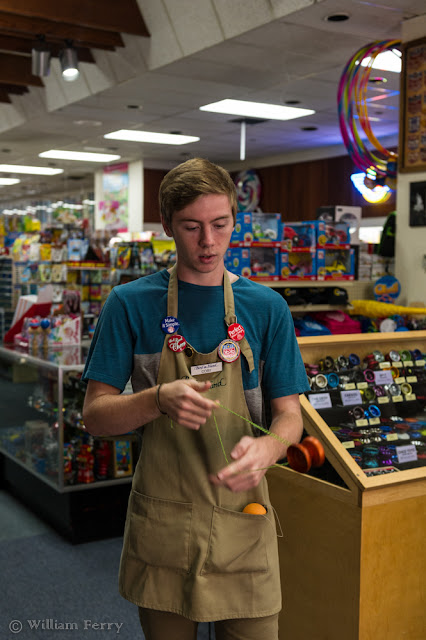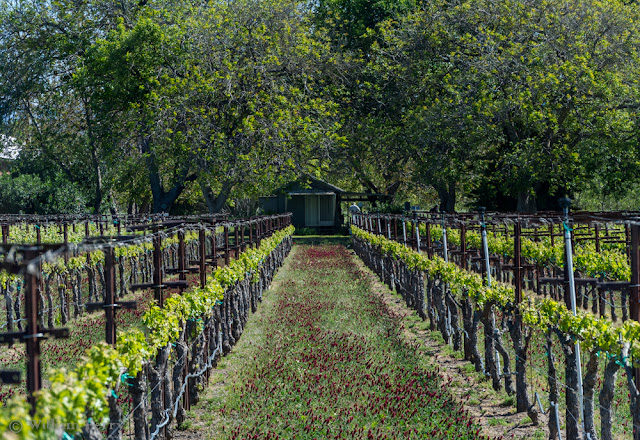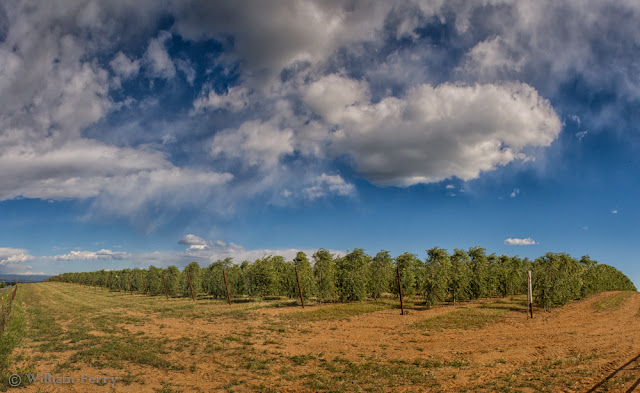The Abbey of New Clairvaux
Though "out of bounds" for the general public, wildlife, like the monks of this Catholic order, get full run of the grounds.
The Monastery is located in
Vina, California. So small of a town, the odds are that you'll have to hit the link to find out where this is.
A portion of the land that the monastery occupies once belonged to Leland Stanford, founder of the university of that same name. Though many of the buildings (above) that Stanford erected are on the monastery grounds, it isn't Stanford that is more connected to the Monastery. It is William Randolph Hearst.
Years ago, as Hearst was building his empire and his legacy structures, he came across a decrepit 13th century Spanish Chapter House (another former Cistercian monastery). In 1931 he dismantled it and brought the stones to California, intending it for a grand estate near Shasta. The Depression overtook Hearst's ambition and the stones were used instead to pay the City of San Francisco in lieu of taxes owed. For 60 years they sat in Golden Gate park. In 1994 they were given to the Abbey of Clairvaux. It has been a long struggle by the Monastery to use the stones as intended (above).
Though Hearst made detailed notes when the buildings were taken apart, the instructions and the stones were in deteriorated condition when reclaimed. The stones are around 900 years old and there are few masons today that have the kind of knowledge of the masonry methods used in the Middle Ages. There is also the issue of money. Since I was here last, they have instituted a new program
"Sacred Stones", which they hope will provide the energy and money to move the project along.
All around the grounds are a wide variety of flowers. It is a place of great natural beauty.
In the year 2,000 the monks returned to Leland Stanford first use of the land: they planted their own vineyard and are working to produce several varieties of red and white wines. As Benjamin Franklin said: "Wine is constant proof that God loves and and wants to see us happy." Perhaps the good Cistercian monks of Clairvaux would say to that: "Amen!"

















































